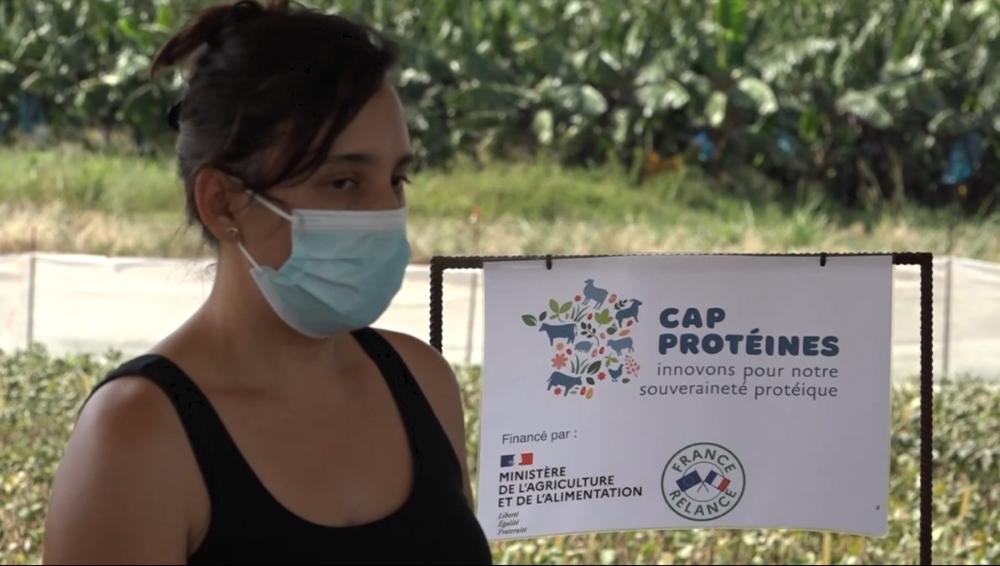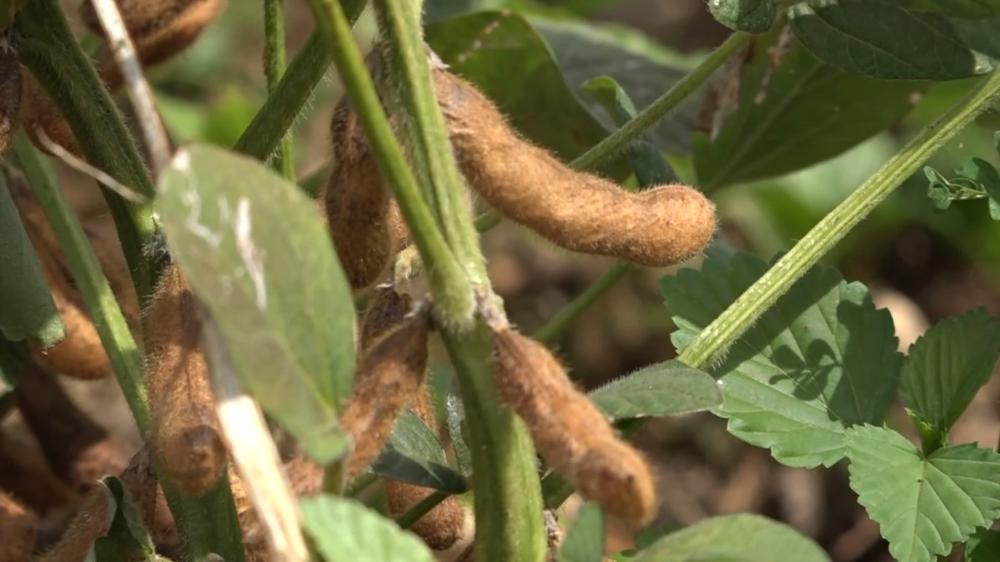Introduction of organic soya in La Réunion: encouraging trials and reception!
Introduction of organic soya in La Réunion: encouraging trials and reception!
As part of the Cap Protéines programme, a project is evaluating the possibility of introducing organic soya, processing it and using it in Réunion. This feasibility study is being conducted by Armeflhor with the technical support of experts from Terres Inovia and Terres Univia.
To date, 100% of the soya consumed on Réunion is imported from France. To overcome this dependence, Terres Inovia and its partners have started a series of trials on the cultivation of organic soya in the DOM. This is a first since this species has never been cultivated there. The experiment is testing several sowing dates for various varieties. After two trials with disappointing yields, the third was harvested just before the cyclone in January 2022.

Why introduce organic soya in Réunion?
- Protein autonomy is the major challenge of the Cap Protéines programme in mainland France and the overseas departments and territories.
- Reunion Island was chosen because the soya is consumed locally (human and animal food).
- This project responds to the demand of a local food manufacturer and aims to develop a local supply for animal feed.

What are the links in this ultra-marine project?
- On site, the field experiments are being conducted by Armeflhor with Gaëlle Tisserand, head of the local technical institute's organic division, who explains the ins and outs of the project in the video below.
- Terres Inovia brings its expertise, notably via Bernard Garric, who has worked on the development of soybean in French Guyana.
- Terres Univia accompanies Armeflhor for the diagnosis of the sector.

The challenges of Reunion's soya
- To ensure the economic viability of the crop, enough plots of land must be available to ensure the entire supply to the manufacturer.
- Production cycles must be established and the varieties tested and grown organically must be proven.
- Harvesting must be rationalised. At this stage, it is done by hand as it is only for small-scale experiments. "But if soya is adopted by farmers, machines will have to be used," explains Francis Flénet, project manager at Terres Inovia.
Soybean successes in Réunion
- After two trials with disappointing yields, the third was harvested just before the cyclone in January 2022.
- Experiments will be continued in 2022 with the best performing varieties
- A farmer who is convinced of the importance of this issue is going to sow organic soya on part of his land (1 to 2 ha) by the end of the year.
- The main advantage of including soybeans in the crop rotation is that it diversifies the rotation and thus breaks the cycle of pests in local horticultural farms. The crop also enriches the soil with nitrogen.
See the programme Terres d'ici of 4 April on Antenne Réunion on the subject by clicking on the image below.
(c) Pictures and video: Terres d’ici, Antenne Réunion.

